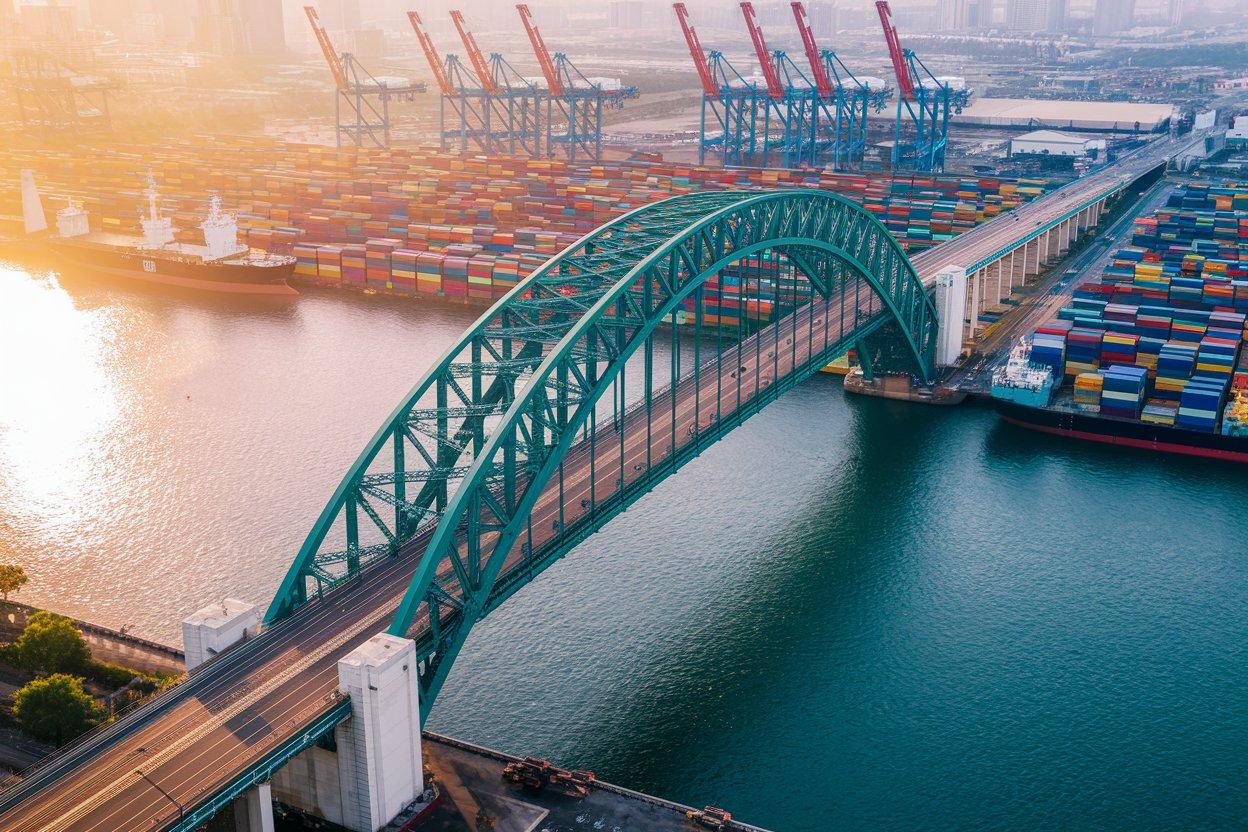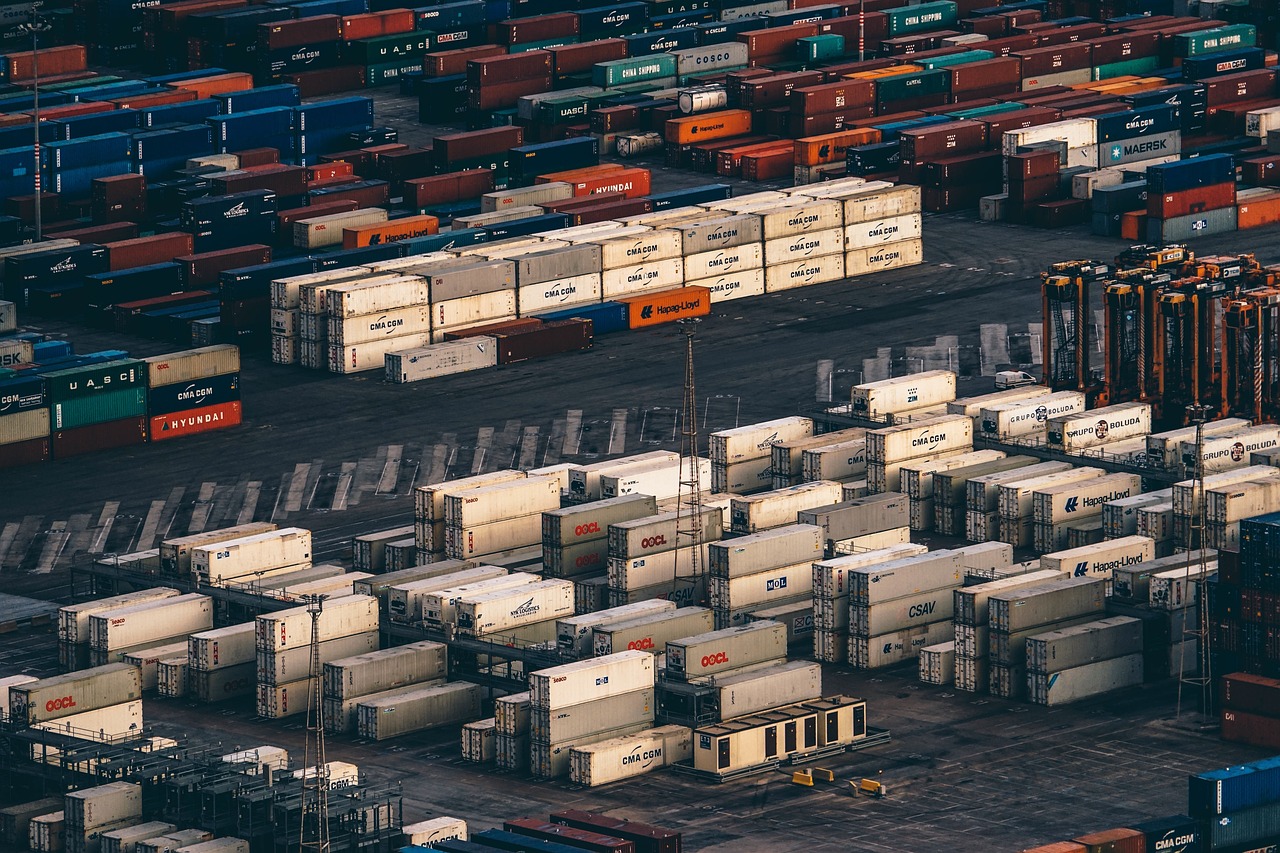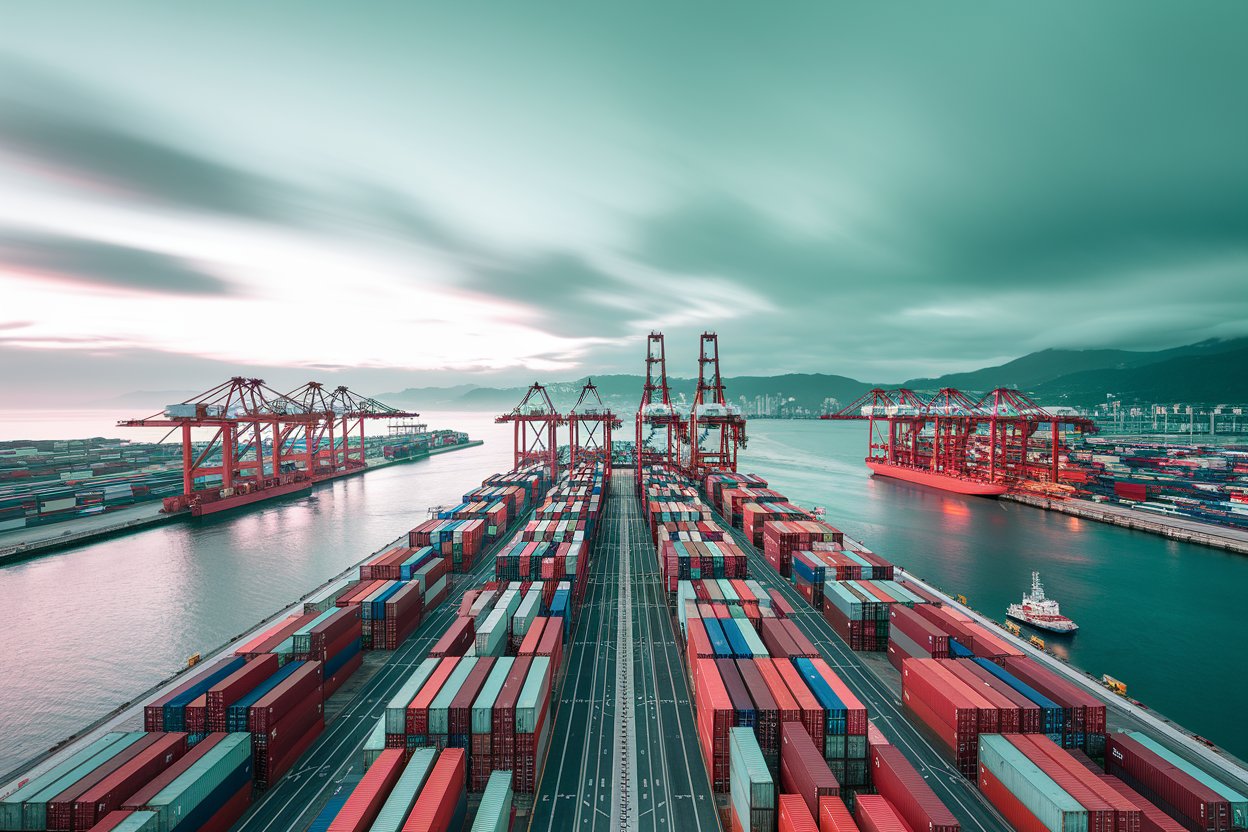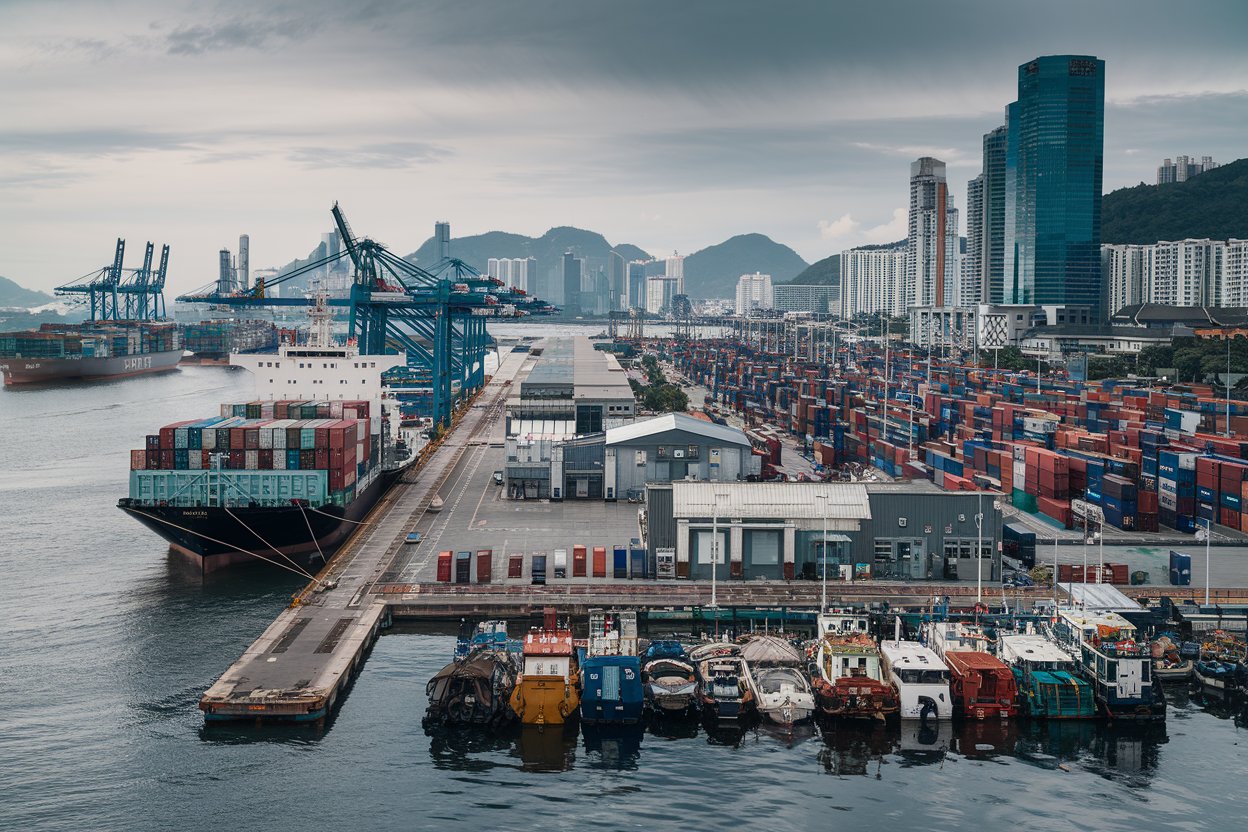- Shanghai Zhongshen International Trading Co., Ltd. – Your reliable partner with 20 years of import/export agency service expertise.
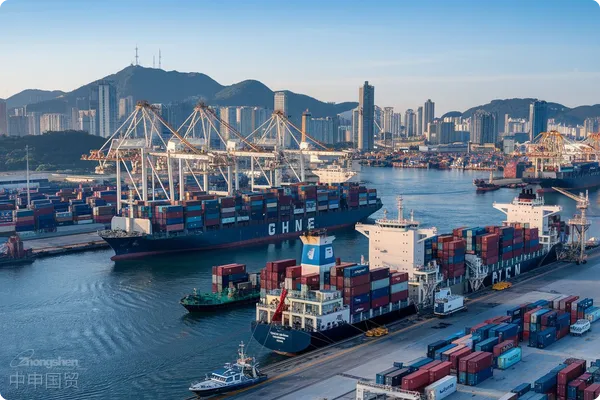
According to the Administrative Measures for Value - added Tax and Consumption Tax on Exported Goods and Services implemented in 2025, agency export tax rebate needs to meet three conditions simultaneously:Tax RebatesWhat is the basis for calculating the profit-sharing ratio?
The profit-sharing ratio for export tax rebate agency is usually based on one of the following three models:
- Flat fee model: Charge a service fee of 1%-3% of the tax rebate amount
- Tiered pricing model: Divide the fee rate range based on annual export volume (e.g., 3% for under $1 million, 1.2% for over $5 million)
- Profit-sharing model: Distribute based on the proportion of the actual tax rebate received (commonly 20%-40%)
The actual ratio is affected bythe tax rebate rate, business scale, and the complexity of the product's HS code. For example, a machinery parts export enterprise, because it involved a 13% tax rebate rate and had complete documents, ultimately reached a sharing agreement of 25% of the tax rebate amount with the agent.
II. How big is the cost difference between self-operated tax rebate and agency tax rebate?
The cost comparison of the two models is as follows:
- Self-operated tax rebate:
- Document personnel cost: approx. 80,000-120,000 RMB/year
- Bank handling fee: 0.1%-0.3% per transaction
- Tax audit fee: average 30,000-50,000 RMB/year
- Agency tax rebate:
- Sharing ratio: usually 20%-40% of the tax rebate amount
- Minimum service fee: 3000-5000 RMB/transaction
SuggestionsAnnual export volume is less than $5 millionEnterprises should prioritize the agency model, which can save about 15%-30% of the comprehensive cost.
III. How to prevent sharing risks before the tax rebate funds arrive?
The following points must be clarified in the agency agreement:
- Fund supervision clause: Require the agent to provide the operation records from the customs single window
- Payment Terms: Agree to "pay within 3 working days after seeing the 'Tax Revenue Refund Notice' from the tax bureau"
- : Agree on a solution to expense disputes with a third - party audit institution: It is recommended to set up a third-party escrow account to hold the tax rebate funds
A clothing export enterprise once had its tax rebate funds held by the agent for 45 days because the payment conditions were not clearly defined, resulting in a capital occupation loss of about 180,000 RMB.
IV. What situations may affect the final sharing amount?
Three types of risk scenarios to pay special attention to:
- Documentary defects: Deduction of tax rebate due to inconsistency between the product name on the customs declaration and the VAT invoice
- Policy Adjustment: For example, the new EU regulations in 2024 require textiles to provide environmental certification
- Exchange rate fluctuations: US dollarConvert foreign exchange into RMBExchange losses due to timing differences
Recommended to specify in agreements"Full compensation for losses caused by the agent's operational errors"clause. AnMedical Devicesexport enterprise successfully recovered a tax rebate difference of 97,000 RMB through this clause.
V. How to verify the accuracy of the agent's sharing calculation?
Three key data points that enterprises can check themselves:
- Customs export data: Check the actual export amount through the E-port
- Applicable tax rebate rate: Compare with the latest version of the "Export Tax Rebate Rate Library" from the State Taxation Administration
- Based on the analysis of industry dispute cases in 2023, the following hidden costs need to be guarded against:: Confirm whether the median rate on the customs declaration date or the?Forex Settlement?date is used
An auto parts exporter, through comparison, found that the agent mistakenly used a 13% instead of a 15% tax rebate rate and promptly recovered a sharing difference of 28,000 RMB.
? 2025. All Rights Reserved.

